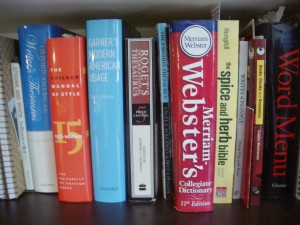
A reader spotted this photograph I’d posted of dictionaries and other references on my desk, and asked what books I think every writer should have. Besides Books, Crooks and Counselors, of course.
Language and style references:
A good dictionary and thesaurus, of course. In addition:
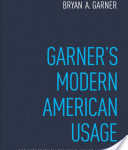 Garner’s Modern American Usage, Bryan Garner (Oxford; 3d Ed, 2009) Many of us remember the old Fowler’s Modern English Usage. This is better—smart, American, and up-to-date, by a lexicographer who shies not away from opining.
Garner’s Modern American Usage, Bryan Garner (Oxford; 3d Ed, 2009) Many of us remember the old Fowler’s Modern English Usage. This is better—smart, American, and up-to-date, by a lexicographer who shies not away from opining.
Chicago Manual of Style, a recent edition. Most publishers rely on the CSM, and if you use it, you can’t be accused of serious stylistic errors, even if some publishers or individuals have other preferences.
The Elements of Style, Strunk and White (various editions). The classic. Dated, maybe, but still a useful guide to many nuances of good writing.
The Emotion Thesaurus, Angela Ackerman and Becca Puglisi (2012) Readers read for emotion, but writers often use cliches and limited descriptions to show emotion in action. The lists of physical signals, internal sensations, mental responses, and more will help you deepen your writing and show the internal and external signs of emotion in stronger, fresher ways.
I also love the Oxford American Writer’s Thesaurus, in part for its essays on language and word meanings, but it isn’t an essential.
You should have a decent guide to grammar, as well. Contrary to your grade school recollections, they need not be dull. What’s most fun is to read not a prescriptive guide, but a volume or two by writers who clearly love the language and have strong opinions about it. I loved Constance Hale’s Sin and Syntax: How to Craft Wicked Good Prose; any of her books will be a fun read.
I was recently reminded of the late William Zinsser’s On Writing Well; it’s a classic, geared towards nonfiction, but helpful to all serious writers. I hear tell that there’s an audio version, read by Zinsser, perhaps abridged, that a friend enjoyed tremendously.
Writers should love words and cultivate an interest in them. My favorite sources won’t necessarily be yours, but I do think any serious writer needs to spend time simply playing with words and reading writers who play with them. Read poetry. Listen closely to song lyrics. Heck, do the crossword puzzle and play along with Will Shortz, NPR’s Puzzle Master. It’s all words.
Writing Craft:
Lately, I’ve been diving into James Scott Bell’s craft books for writers, and highly recommend them. Plot & Structure (Writers Digest, 2004) is a detailed guide to structure, with excellent sections on plot problems, how to generate ideas, and more. It’s a book to use over and over. Write Your Novel from the Middle (Compendium, 2014) explores Bell’s observation that the best stories have a “mirror moment” or midpoint shift in context; he shows how both plotters and pansters can find that moment, and write to and from it. How to Write Dazzling Dialogue (Compendium, 2014) is another winner, and I’m eager to dive into his new book on voice.
The Fire in Fiction and Writing the Breakout Novel, both by Donald Maass (Writers Digest, 2009 and 2001), are classics every writer should reread regularly. I’ve just started his Writing the 21st Century Novel (2012), and love, love, love his exercises and suggestions for diving deeper into character and emotion. If you like his columns on Writer Unboxed, you’ll recognize the approach—much of that material is here.
For something totally different: Ted Kooser’s The Poetry Home Repair Manual: Practical Advice for Beginning Poets (2007) is a slim volume I love for its lessons on meter and rhythm, on finding the right word and the exact meaning, and on learning to love working a line. I also enjoyed The Art of Description by poet Mark Doty.
Other faves:

Write Away, by Elizabeth George. I took a week-long intensive writing workshop with her eons ago, and it changed my writing life.
Self-Editing for Writers, Renni Brown and Dave King
Reading Like a Writer, Francine Prose
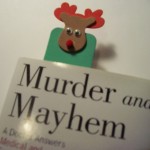 For Mystery Writers:
For Mystery Writers:
Lee Lofland’s Police Procedure and Investigation (Writers Digest, 2007)
DP Lyle, Murder & Mayhem: A Doctor Answers Medical and Forenscis Questions for Mystery Writers The book that inspired me to write Books, Crooks & Counselors.
Adam Plantinga, 400 Things Cops Know (Linden/Quill Driver Books)
Inspiration:
 You know the usual suspects: Anne Lamott’s Bird by Bird, Brenda Ueland’s If You Want to Write. And Steven Pressfield’s War of Art and other titles. A wonderful new entry is Writes of Passage: Adventures on the Writer’s Journey, ed. by Hank Phillippi Ryan, with essays by 60 members of Sisters in Crime, including me.
You know the usual suspects: Anne Lamott’s Bird by Bird, Brenda Ueland’s If You Want to Write. And Steven Pressfield’s War of Art and other titles. A wonderful new entry is Writes of Passage: Adventures on the Writer’s Journey, ed. by Hank Phillippi Ryan, with essays by 60 members of Sisters in Crime, including me.
I find inspiration in reading a good writer. I hope you do, too.
More suggestions? Tell me in the comments.
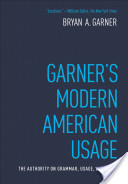

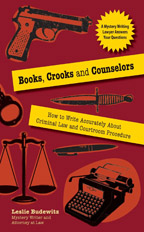

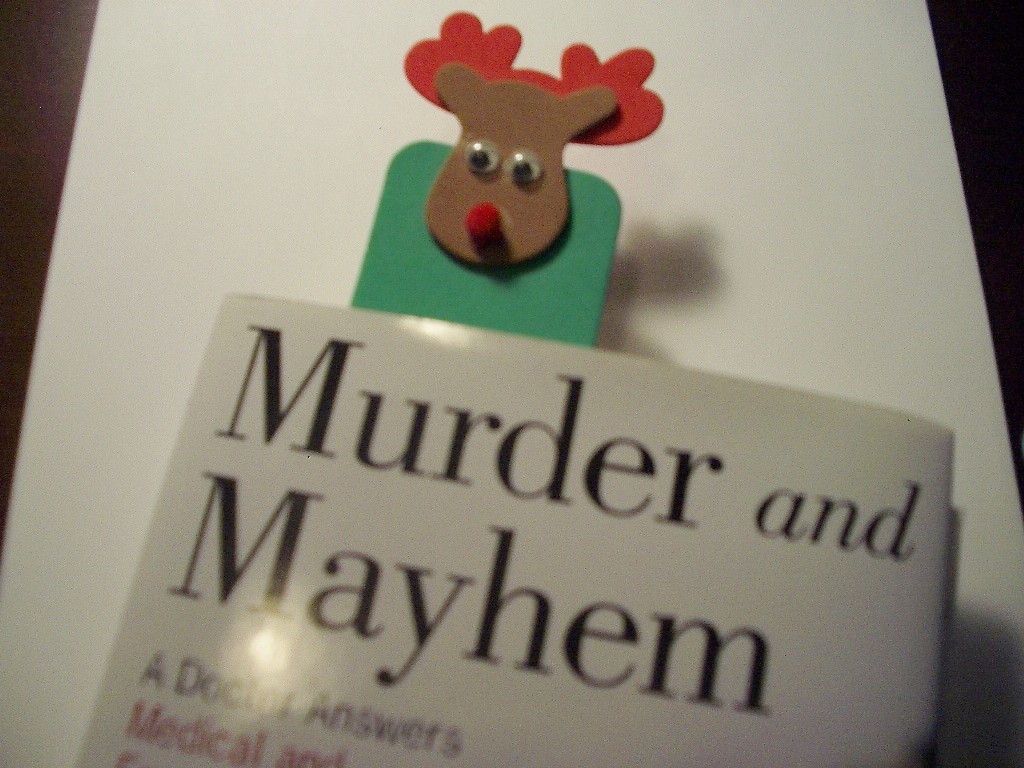
 If you write mystery or crime fiction, or romantic suspense, or anything where bad stuff happens, you need to know about police procedure and investigation, forensics, arson investigation, how PTSD affects law enforcement officers, emergency response teams, and all that stuff.
If you write mystery or crime fiction, or romantic suspense, or anything where bad stuff happens, you need to know about police procedure and investigation, forensics, arson investigation, how PTSD affects law enforcement officers, emergency response teams, and all that stuff. My personal favorite was the PIT maneuver driving class. I did it! I intentionally hit and spun another car! (Not easy for a personal injury lawyer to do that, but the instructor, Colleen Belongea, absolutely rocks!)
My personal favorite was the PIT maneuver driving class. I did it! I intentionally hit and spun another car! (Not easy for a personal injury lawyer to do that, but the instructor, Colleen Belongea, absolutely rocks!)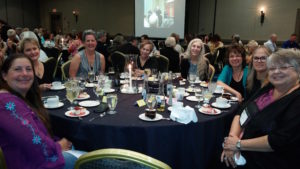 I had a great time meeting so many Sisters in Crime—more than two-thirds of the attendees are members—and am gratified to know how valuable the experience is for Sisters, and others. (Banquet photo by Ohio Sister Jan Irvin.)
I had a great time meeting so many Sisters in Crime—more than two-thirds of the attendees are members—and am gratified to know how valuable the experience is for Sisters, and others. (Banquet photo by Ohio Sister Jan Irvin.)




